The CEA Blog
Exploring a Carbon Price for Colorado
In May of 2013 I gave a talk at Clean Energy Action’s Global Warming Solutions Speaker Series in Boulder, on how we might structure a carbon pricing scheme in Colorado.
Clean Energy Action Crowdfunding Latest Coal Report
The United States is rapidly approaching the end of economically recoverable coal reserves and Clean Energy Action wants everyone to know it. On November 1st, 2013, Clean Energy Action launched a crowdfund through Indiegogo that will raise money to share our latest coal report, “Warning: Faulty Reporting on U.S. Coal Reserves,” with everyone throughout the United States and many throughout the world.
What Value Should We Place on Our Future?
The social cost of carbon might not be a conversation that comes up at the dinner table, but realize it or not the implications of global climate change are far reaching and daunting. How important is the fate of the future generation?
Warning: Faulty Reporting on US Coal Supplies
Federal Estimates Overstate Reserves by Including Coal That Cannot Be Mined Profitably; Production Already Down in All Major Coal Mining States… And Utility Consumers Are Facing Rising Energy Bill Prices.
Cleaning Up America’s Power Plants
Carbon dioxide emissions are one of the largest contributors to air pollution and climate change and the United States is responsible for the largest per capita emissions of carbon dioxide in the atmosphere. The main carbon emission sources in the U.S. are electricity production and power plant operations.
Legal Foundations for New Carbon Pollution Standards Outlined
The Environmental Protection Agency (EPA) is currently developing carbon pollution reduction standards for new and existing power plants that will be implemented under the Clean Air Act as part of President Obama’s Climate Action Plan.
The Road to 100 Percent Renewables is Closer Than You Think
Conventional ways of thinking of renewable energy as too expensive or unreliable are old and outdated, according to Renewables 100, a nonprofit organization founded to study and advance the global transition to a 100 percent renewable energy future.
Clean Coal is a Dirty Lie
Coal has been the backbone of the U.S. electricity and energy market since commercial coal mines began operation in the 1740s. Coal is without a doubt an abundant domestic resource. Unfortunately, the combustion of coal not only releases pollutants directly into the atmosphere but also leaves behind an assortment of coal residuals, coal ash.
The “Dazzling Dozen” Lead the Way in Solar Installation
The “Dazzling Dozen” is not just a clever name for the twelve states that are leading the way in solar photovoltaic installations; they are an example to be followed in the move from fossil fuels towards a renewable energy utility of the future.
Fossil Fuel and Renewable Energy Subsidies
Fossil fuels have a rich and diverse history, and their influence on the production of energy in the United States have been immense.
To Frack or to Freak? The Effects of Hydraulic Fracturing on Our Environment
Natural gas produced from shale formations, commonly referred to as “shale gas”, has become increasingly important in the energy supply market for the U.S. and worldwide.
Colorado at the Forefront of Renewables
On June 6th, 2013, Governor Hickenlooper signed Senate Bill 13-252, making it a day to be celebrated by all who are interested in furthering renewable energy sources in Colorado.
Higher Levels of Renewables Could Maintain Reliable Electrical Grid
Would high levels of renewable energy sources be able to maintain the U.S. electrical grid?
Wildlife in a Warming World: Confronting the Climate Crisis
We all know that climate change has seriously impacted humans as a species, so it is no surprise that plants and wildlife are struggling with the changes as well. In January 2013, The National Wildlife Federation released the report, Wildlife in a Warming World: Confronting the Climate Crisis, demonstrating how wildlife and their habitats are being affected in various regions across the United States.
Municipality Modeling Results Show Promise for Future Boulder Electric Utility
Boulder City Council released a report on February 21st, 2013 updating the progress on research devoted to the creation of a municipal electric utility. The research analyzed six different options, decided upon by the City Council, with the goal of achieving the community’s energy targets.
Energy is Becoming a Thirstier Resource
International Energy Agency’s 2012 WORLD ENERGY OUTLOOK reports on key elements of the world-wide energy equation, ending with a hard look at the future of the world’s water resources. Analysis of global energy trajectories projects more than doubling the use of water by 2035
Carbon Dioxide Data is Not on the World’s Dashboard
Hans Rosling, world famous Swedish demographer (how many celebrity statisticians are there?) and creator of the Gapminder data visualization tool, offers some thoughts on the importance of timely and transparent reporting of CO2 emissions.
Renewable Energy Generation Could Power Grid 99.9% of the Time by 2030
Could it be possible to have renewable energy sources powering a large grid system up to 99.9% of the time at costs comparable to energy rates today?
February 2021 PUC Update
Clean Energy Action’s Colorado Public Utility Commission updates are provided courtesy of E9 Insight. Please contact hello@e9insight.com with any additional questions.
Rate Cases: Impacts to Your Bill
20M-0251E Investigation of Electric Utility Retail Rates
On January 27, the Colorado PUC voted to send the Utility Retail Rate Report to the General Assembly, as was required by Senate Bill 19-236. The report was sent on February 1, containing a statewide electric retail rate survey; an average electric rate calculation; recommendations for rate relief; and a general description of ratemaking and utilities in Colorado. The report found that investor-owned utilities are responsible or 56% of retail electricity sold in Colorado (Xcel accounting for 53%). Average residential rates were determined to be 12.18 cents/kWh (for reference, the average EIA price in 2020 was 13.01 cents/kWh); when combined with the commercial and industrial rates, the overall statewide average was 9.95 center/kWh. Staff determined that rates more than 25% of this average should be considered “materially greater” than average, and found that Black Hills Energy has rates that are 34% above the statewide average. The PSC recommended that Black Hills open a new rate case, increase funding for its Energy Assistance Program, investigate time-of-use rates, reduce cost of debt, and/or to develop a special contract or economic development rate. In the longer term, the PUC recommended exploration of community choice energy (with appropriate guidance from the legislature), increased use of renewable resources, and taking local economies into consideration.”
Resource Planning: Your Power, Your Community
21M-0061E Clean Energy Plans
In accordance with the 2019 SB 19-236, Public Service Company of Colorado must file a Clean Energy Plan as its next Electric Resource Plan by the end of March 2021. In early February, the Colorado PUC opened a new proceeding outlining the legislative history and requirements of the Clean Energy Plan (CEP). The opening notice emphasized that the Air Quality Control Commission cannot mandate GHG emission reduction targets by 2030 more than what is required from the commission-approved CEP. Additionally, in January 2021, the state released Colorado's Greenhouse Gas Pollution Reduction Roadmap. The PUC therefore established this proceeding to enable further consultation with Colorado state agencies to engage in at least one workshop discussion regarding statutory obligations.
Business Models: Moneymaking, Programs, and Regional Impacts
19M-0495E Energy Market Analysis - Colorado Transmission Act
On January 28, the CO PUC held an informational meeting regarding western regional markets and potential benefits/costs to Colorado joining an energy imbalance market (EIM). The session reviewed three recent market studies which compared CAISO's WEIM, SPP's WEIS, business as usual, or Colorado's formation of a statewide joint dispatch agreement. Generally, the studies affirmed that the most benefits will be achieved if Colorado utilities make a singular choice, likely to join CAISO's WEIM due to the renewable energy penetration in this region.
Presentations from the conference included an Xcel powerpoint which confirmed that the utility will enter the WEIM in April 2022. According to their analysis, by 2022 the WEIM will include approximately 80% of load in the Western Interconnection, and WEIM parties are also exploring an additional day-ahead market. The presentation highlighted the benefits of RTO participation, and noted that "PSCo is interested in establishing [transmission] seams coordination agreements with SPP and the WEIS participants to ensure the efficient use of the facilities in Colorado."
20M-0267EG Implementation of SB 20-030 (Consumer Protections)
On January 28, the Colorado PUC directed Black Hills Energy to file additional information about their COVID-19-related disconnections. Black Hills reported a total oy 1,861 residential disconnections in the latter part of 2020, and the PUC stated, "We are concerned that this level of disconnections is approaching the level of disconnections BHCE undertakes in years when COVID-19 is not a factor; that it may represent a disproportionate percent of BHCE’s residential customers as compared to other utilities; and that it is unclear how long customers are disconnected before they are reconnected."
Plus, a notable news release…
On January 4 2021, Xcel Energy-Colorado and partners PacifiCorp and the Salt River Project announced plans to close the Hayden Generating Station by 2028, over eight years earlier than initially planned. The first unit will be retired by 2027, and the closure is cited as part of Xcel Energy’s plan to reduce carbon emissions by 80% by 2030.




















